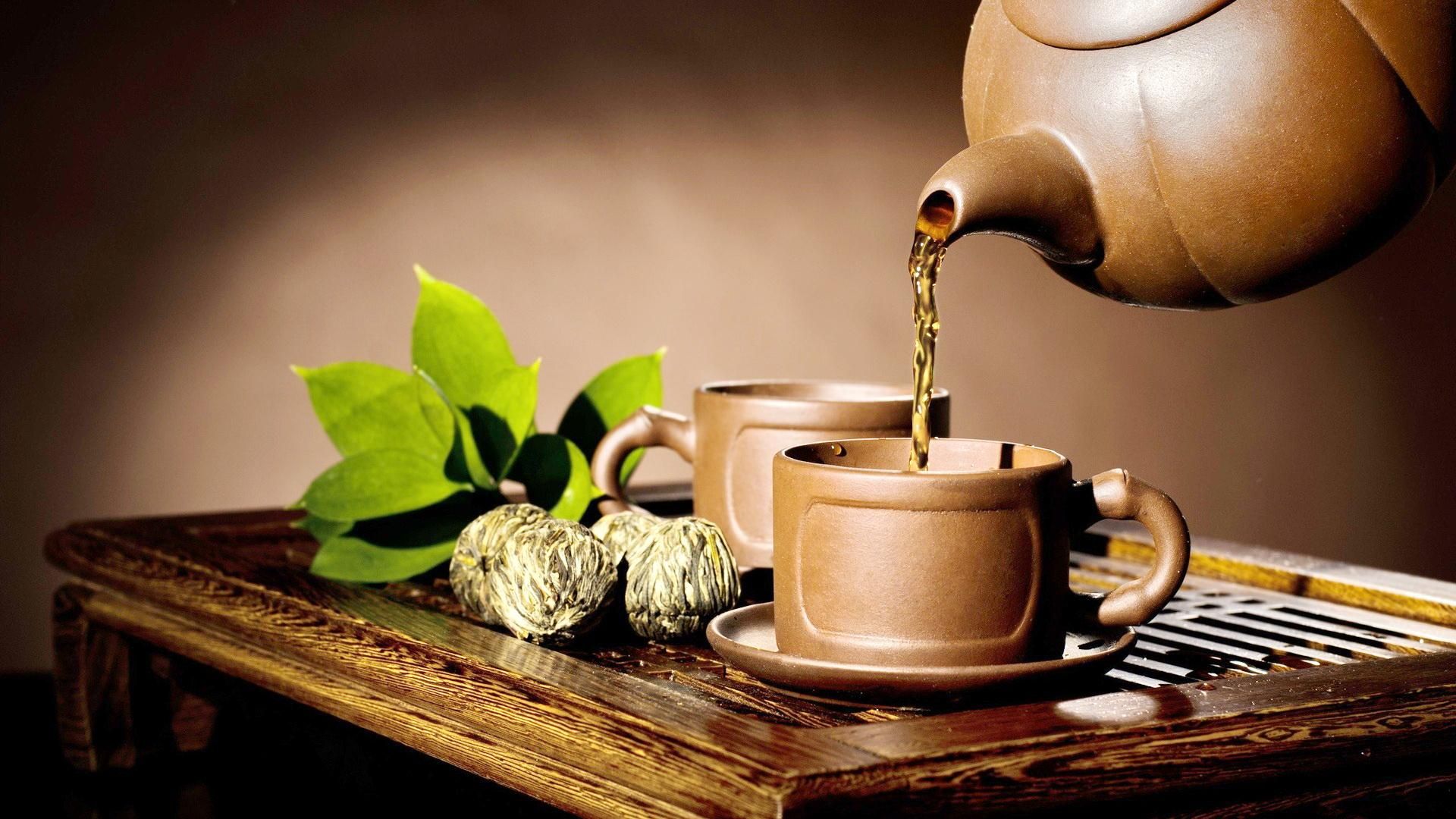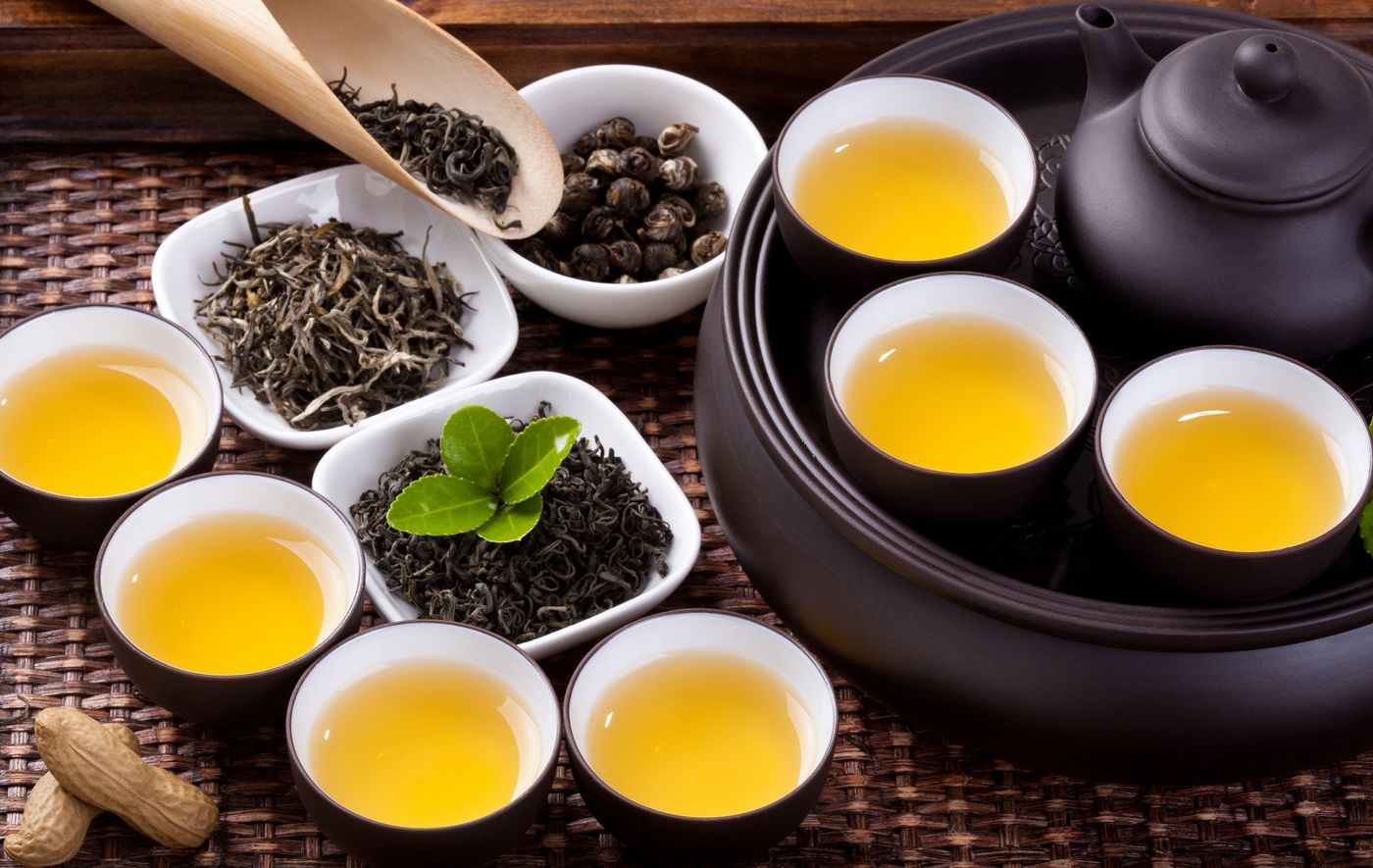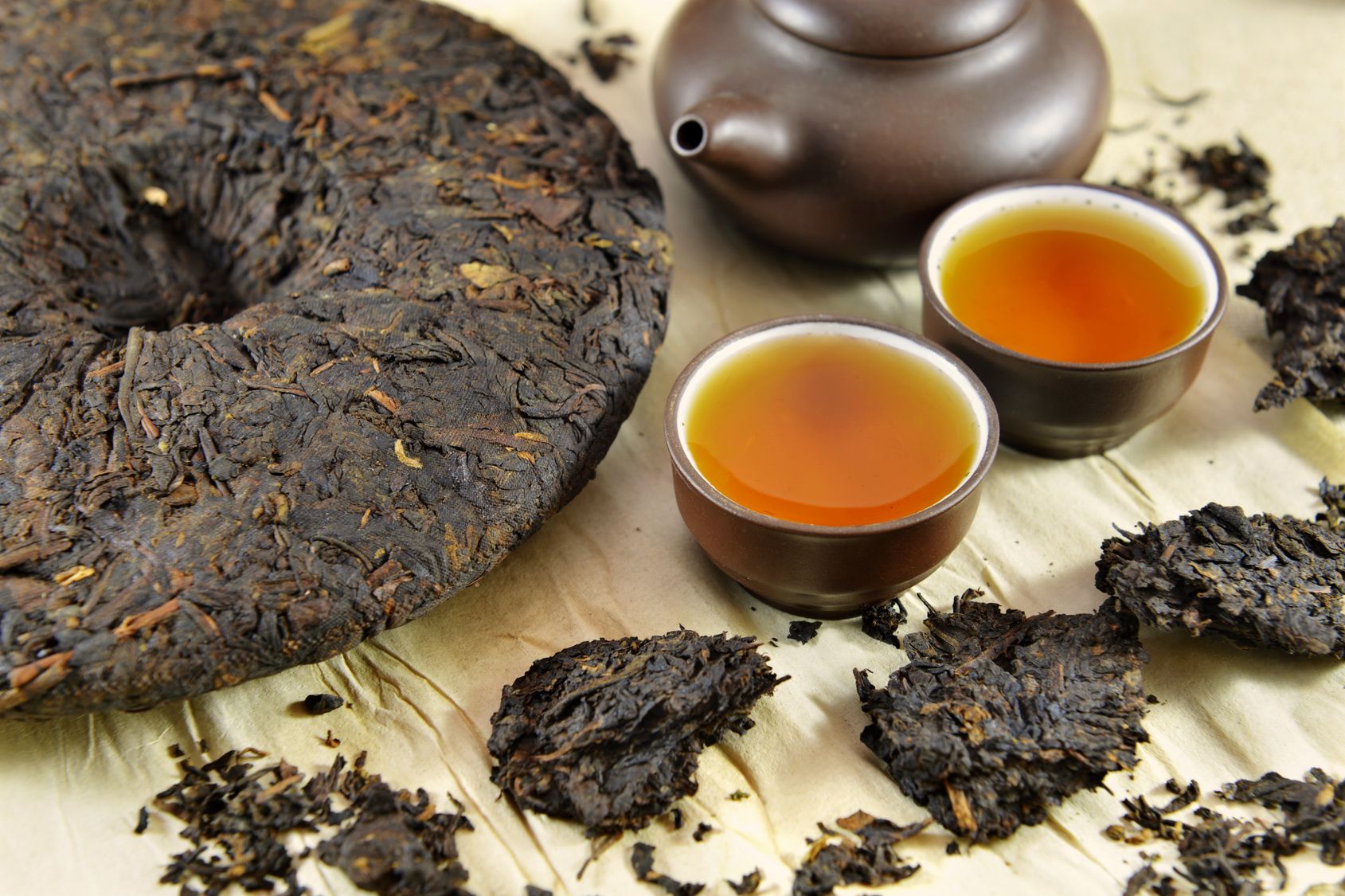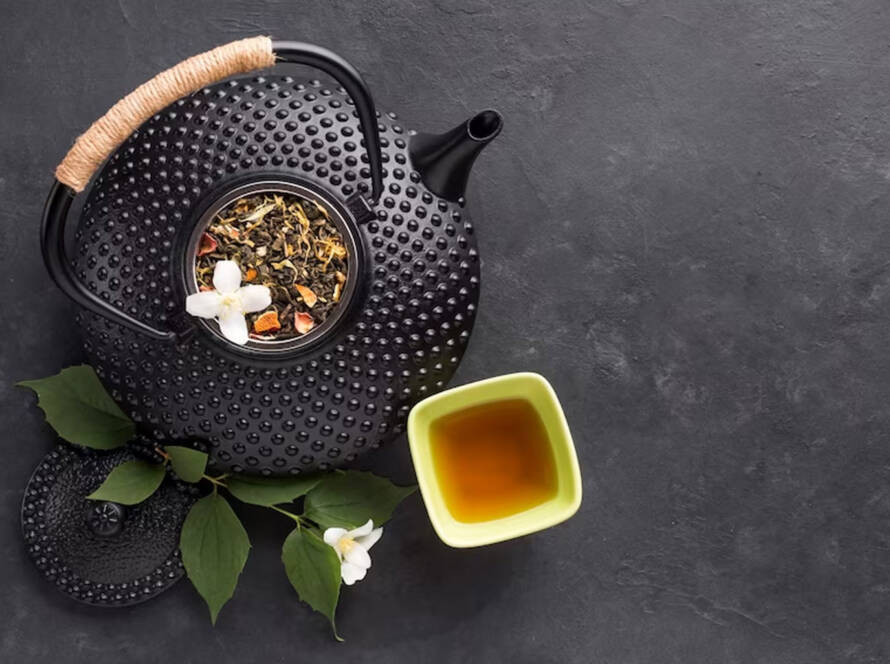In recent years, Pu-erh tea has attracted a lot of attention. As its popularity grows, more and more tea lovers want to learn more about pu-erh. Before talking about the benefits of pu-erh tea, how to brew it correctly and what are its main types, you should understand what pu-erh tea is and why it is unique.
What is pu-erh tea?
Pu-erh tea is the most oxidized type of tea and is obtained from the Camellia sinensis plant, called Daiye. These trees mainly grow in temperate regions. In fact, they can be harvested all year round, but the best time to harvest is mid-spring. Pu-erh tea originally originated in China’s Yunnan province and is named after the market town where it was first grown and sold. The main difference from other teas that get stale over time is that pu-erh can soften and improve over a long period of time. Some varieties of pu-erh tea can be over 50 years old.
After the tea leaves are dried and rolled, they go through a process of microbial fermentation that results in flavor changes. Bitter tea leaves become sweeter, and the sharp taste becomes softer. The color of tea changes over time from green to yellow and finally to black (during storage). Aged and fermented tea leaves can be packaged in lozenges or sold as loose leaf tea.


Useful properties of pu-erh tea
Pu-erh has always been considered a healthy tea full of nutrients that benefit both physical and mental health. Here are some scientifically proven facts about the health benefits of pu-erh tea.
Helps the digestive process
According to research, pu-erh promotes the digestion of fats and lipids due to the antioxidants and polyphenols found in tea leaves. That is why it can lead to weight loss by preventing the absorption of fats by the body. What’s more, it also helps manage the symptoms of a condition called metabolic syndrome.
Strengthens the cardiovascular system
Regular consumption of pu-erh tea has been proven to lower cholesterol levels in the body. For example, in 2009 the journal Experimental Gerontology conducted a study on rats. It showed that the “bad” type of cholesterol was reduced in rats treated with pu-erh tea extracts. At the same time, the level of “good” cholesterol increased.
Improves skin health
Pu-erh tea protects the elastin in the skin. The loss of this elastin directly leads to skin aging. One of the benefits of drinking pu-erh tea is that it keeps the skin healthy by reducing the effects of sunstroke. In addition, the antibacterial properties of pu-erh tea can protect your skin from bacteria harmful to humans.
Prevents disease
Due to its high antioxidant content, puerh can prevent diseases such as heart disease, cancer, diabetes, and arthritis.Antioxidants work by neutralizing free radicals that damage cells and lead to disease. By neutralizing free radicals, antioxidants prevent cell damage and inflammation.
Reduce stress and anxiety
The tea contains caffeine and l-theanine, the combination of which is supposed to create clarity and focus, which helps to calm the mind and boost mental performance. L-theanine can help relieve both the physical and mental symptoms of anxiety.

The main types of pu-erh tea
There are two main types of pu-erh tea: raw and mature. Both are made from the same raw material, called mao cha. But they differ in fermentation processes, taste and color.
The time required to reach full fermentation of raw pu-erh is about 20-30 years, since it is produced without further processing. A few months is enough for ripe pu-erh, as people use the method of artificially accelerating the aging process. This process consists in keeping tea in a moisture-rich environment, where the activity of microorganisms causes an increase in temperature and leads to an intensification of the fermentation process.
Raw pu-erh tea tastes like green tea, while ripe tea is sweet and mild. Depending on the age of the tea, raw pu-erh can range in color from golden yellow to pungent orange. Ripe pu-erh is usually dark chestnut in color.
How to brew pu-erh tea
Fill a tea utensil with 1 tablespoon of tea leaves per 250 ml of water. Awaken them by quickly rinsing with hot water at around 97°C. Rinse off the water immediately and brew again. Pu-erh is brewed in the gongfu style, which means that the tea leaves are immersed in hot water for a short time, after which the tea is poured into another container. The best pu-erh teas can be brewed up to 10-12 times before they begin to lose their flavor.




